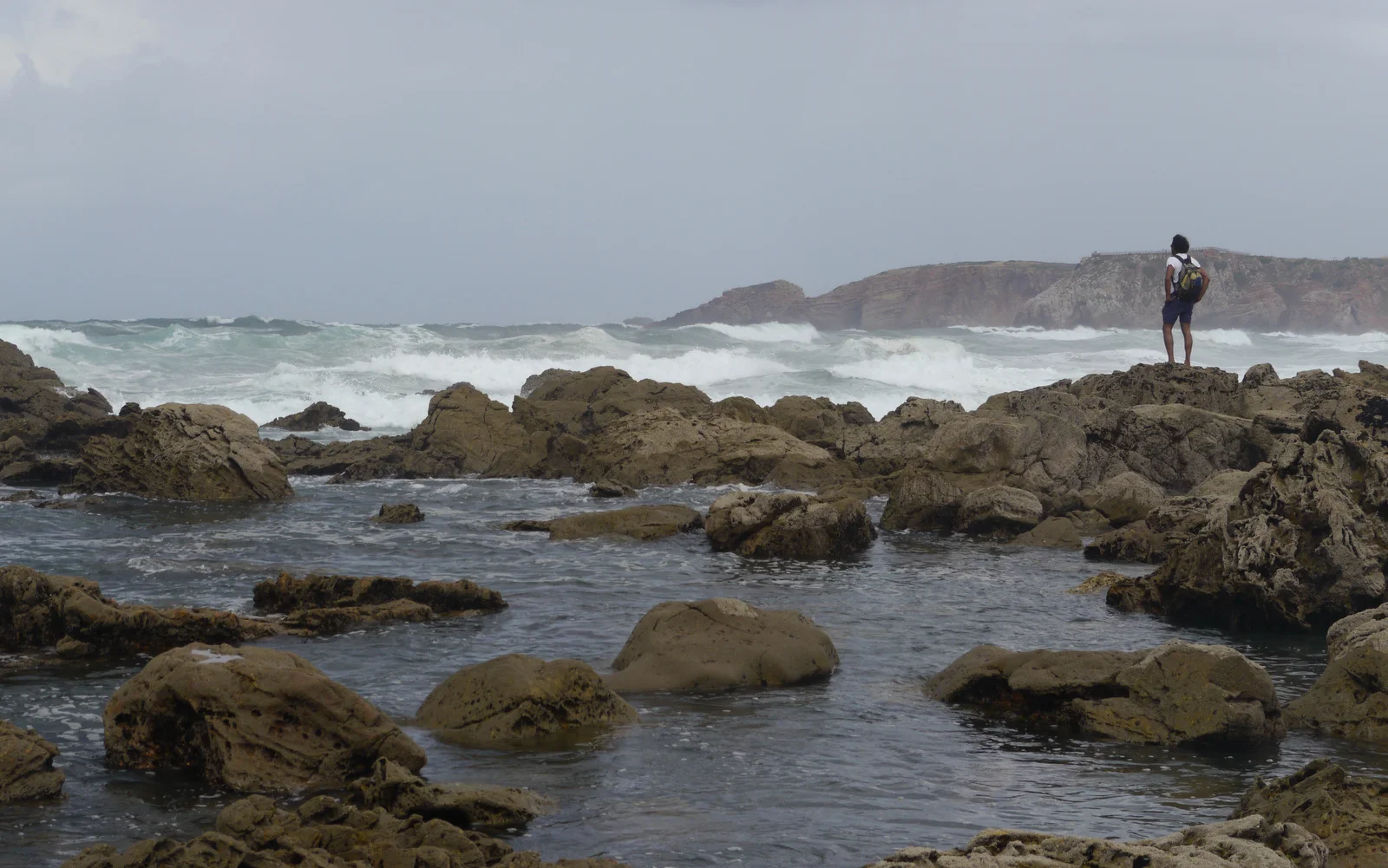However, we do that too. They’re aptly called dry suits and divers going for extended periods of time underwater or ice diving frequently uses this type of suit to stay warm. Despite being an avid diver and a frequent visitor to the Arctic I have yet combined the two... and I’m aching to try!
Coming back to the point on wetsuits, they rely on trapping a small amount of water between the skin and the neoprene material, keeping that same water there throughout the use.
By trapping only a thin layer of water which is very quickly heated up to body temperature the amount of heat lost would reduce dramatically. In contrast if the trapped water was constantly changing, such as in a loose wetsuit, the body would expend a lot more energy heating up the newly trapped water each time. By transporting the same heated up water with them divers achieve the goal of using the water too as insulation – albeit much less effective as the neoprene covering.
For anyone who has dived, surfed and swam both with and without wetsuits they would quickly attest to how much warmer it is with one.
The wetsuit is an incredible invention that allows us, without ever thinking about it, to dive deep in the Andaman Sea. Half an hour into my last dive on the Andaman Islands when many of the group had already ascended due to cold or low air I came across one of the most majestic and curious of ocean creatures. Magical!








